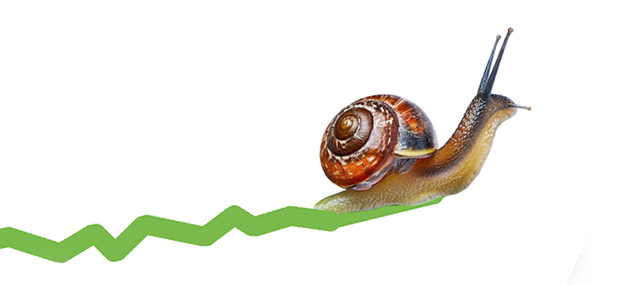Windows 10's growth slows dramatically

The previous set of usage figures released by analysis firm NetMarketShare showed users were upgrading to Windows 10 at an impressive rate. In August -- the first full month of availability for the new OS -- Windows 10 went from 0.39 percent to 5.21 percent share, leapfrogging Windows 8 (but not Windows 8.1) in the process.
Given how easy it is for Windows 7 and Windows 8.1 users to upgrade to the new OS (the files get downloaded onto your hard drive in preparation), and the fact it’s free to those users too, you would no doubt have expected this pace to continue in September, maybe even accelerate a little. Unfortunately for Microsoft, interest in Windows 10 appears to have actually waned considerably in that month.
Eager upgraders were obviously behind the spike we saw in August, but the drop off in September is slightly surprising. While Windows 10 still grew its share, it only managed a gain of 1.42 percentage points which puts it on 6.63 percent.
Elsewhere, Windows 8 actually rallied fractionally in September, going from 2.56 percent to 2.60 percent, a minor increase of 0.04 percentage points. Windows 8.1 fell 0.67 percentage points, going from 11.39 percent to 10.72 percent. Combined, Windows 8.x currently has 13.32 percent of the market.
Based on the current growth/decline rates we can expect to see Windows 10 overtake Windows 8.x by January now.
As to the top dog, Windows 7’s share is declining, but at a gentle pace. Users are in no great hurry to abandon it for Windows 10 it seems. In August Windows 7 had a 57.67 percent share. In September it was on 56.53 percent. A drop of 1.14 percentage points.
Windows XP shows no signs of disappearing anytime soon either, and actually grew share last month, going from 12.14 percent to 12.21 percent.
If you’re wondering how Windows 10’s current rate of growth compares with that of past operating systems, I can tell you. When Windows 7 launched it took just one month to take 6.21 percent of the market, and it was at 8.30 percent by the following month. Windows 8 on the other hand was a disaster at launch, managing just 1.76 percent in its first full month, and hitting 2.53 percent in its second month.
Both of those operating systems launched at the end of October though, so had the holiday buying season helping them (which makes the scale of Windows 8’s failure to perform look even worse).
It will be interesting to see how Windows 10 does in October. Will upgrades pick up as the winter draws nearer, or will interest tail off further still? Place your bets...
Photo credit: Igor Kovalchuk/Shutterstock